I have created a switching power supply:
Input: 230 V AC
Output: 12 V DC, 1 A
Controller: UC3844
Topology: flyback
Switching frequency: ~ 100 kHz
When I start this power supply, output voltage oscillates between 11 V and 14 V.
Switching is turning on and off (blue line = signal at switching transistor)
When I put some load on it (like 100 mA) then oscillations stop. And oscillations won't return after I remove this load, output voltage remains stable after that.
I assume this instability has something to do with feedback compensation (R120, C118 close to TL431), but I am not sure.
What could be causing this?
UPDATE 1:
Current sense waveform (when oscillating after power up):
Voltage at drain of switching transistor (when oscillating):

Current sense waveform (loaded, 400 mA, not oscillating):
Voltage at drain of switching transistor (when loaded, not oscillating):
